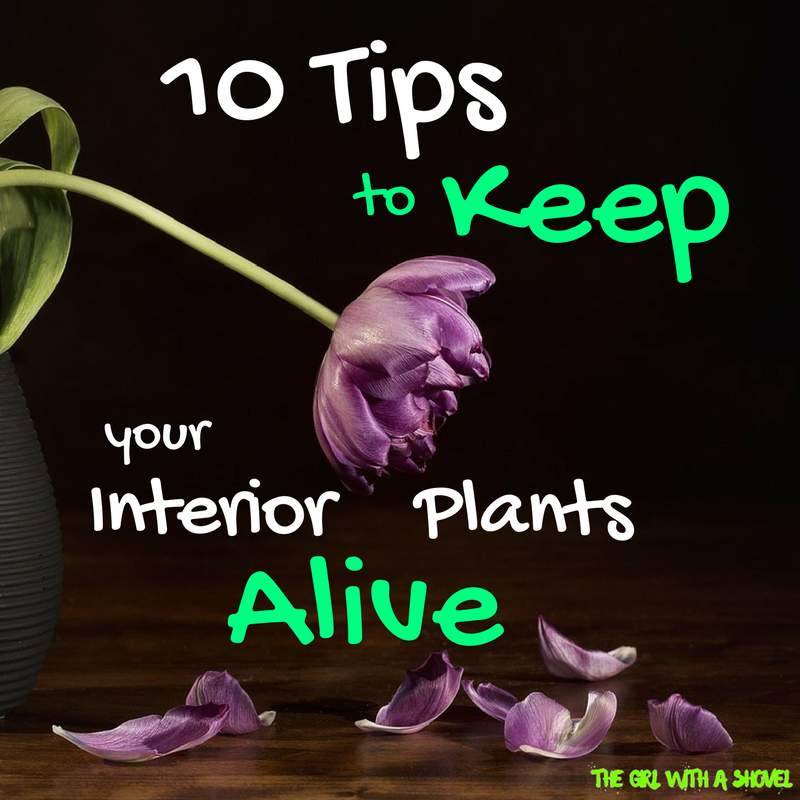Do you struggle to keep your indoor plants alive? Believe me, I’ve had my fair share of plants dying. But not anymore! It’s very difficult to know exactly what to do and how to keep indoor plants alive. Especially when you are in an apartment or home that is limited in light or in other favorable conditions. So here are 10 tips that I’ve studied and learned through the years that will help you to keep your plants green and healthy!
**Note: This post contains affiliate links, which if purchased, I will receive a portion of the profits at no extra cost to you. This helps me to keep providing you with this awesome information!**
Tip #1: Choose Plants Wisely
When looking for interior plants, don’t just go to the store and pick one out that you like. First, think of where you are going to put it. Do you have a lot of space, or a little? Check out my posts for small interior plants and large interior plants. Also, consider if that space gets a lot of direct sunlight, a medium amount of direct sunlight, or hardly any sunlight at all. Here’s a post for plants that do well with low light conditions. Then, consider any interesting aspects of that spot. Does it get humid (placed in a bathroom for example), or is it near a door where there will be winter chills and summer heat? Try to consider all of these things, then decide which plants would fit that area. Then from that list, choose a plant that you like!

Tip #2: Know what you have Growing
Knowing what you have growing is similar to tip #1, but sometimes we can suddenly find ourselves with a mystery plant. Like when we’re given those beautiful plant baskets, but nothing is labelled! Well, my advice is to get to know what plants you have. Try Google, Pinterest, Facebook, or even just asking friends and neighbors. You can also check out my post on the top sites for indoor plant identification. It is important to know what you have growing in order to know how to best care for it.
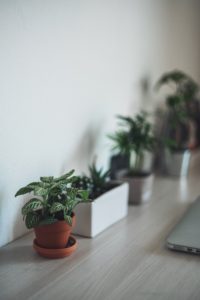
Tip #3: Well-Draining is the Best!
Do you know why almost every plant says that it needs well-draining soil? It’s because unless you are growing a swamp plant, you will need good drainage. This goes for well-draining soil, as well as choosing a pot with good drainage. You’re looking for something that will be able to be moist for a day or two, but then dries out. This ensures that the plant doesn’t stay too wet for too long. For succulents and cacti, this means go ahead and grab some succulent and cactus potting soil. You won’t regret it!
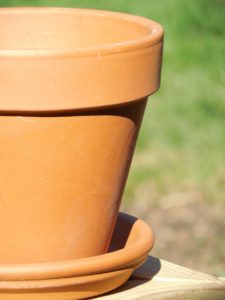
Tip #4: Use the Right Lighting
Whether you have a plant that needs a lot of light, or hardly any light, make sure that you are following its requirements. If a low-light plant is placed in too much direct sunlight, it can kill it! And the same goes for high-light plants that are placed in low-light conditions. One way around this, though, is if you want to put a high-light plant in a low-light area, buy two of the same plant. Then you can place one in the low-light area and one in a high-light area and switch them every two weeks. This will ensure that they both will eventually get some time with the light conditions that they need.

Tip #5: Don’t Overwater!
Giving a plant too much water is one of the fastest ways to kill it. And how do you know? Stick your finger in the soil. If it feels moist, then don’t water it! Some plants like to stay a little moist, so once again, know what you’re growing. However, most indoor plants can’t survive for long being too wet. So, if you’re one of those people who water their plants to death, either try to tone it down, or only go with plants that love the water. For extra tips, check out my post on how to water your houseplant.
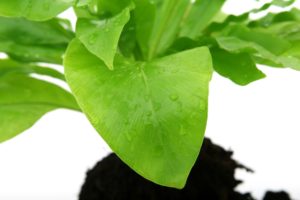
Tip #6: Set a Watering Schedule
This is a must-do for people living in our busy world today. Without a schedule, some days I would forget how long it had been since I had last watered. Then I would end up either over-watering, or under-watering my poor little guys. So I’ve found that it’s best to figure out about how often your plant needs water, then set a watering schedule. This can either be a Monday, Thursday, Saturday type schedule on your day planner, or maybe even a once-a-week reminder on your phone. Do what works best for you, then stay on schedule!

Tip #7: Watch the Drafts!
There are many different ways that plants can be in drafts of either warm or cold air. They can come from doors, windows, air conditioners, heaters, or even frequently used fans. Some plants can do well with warmer drafts in the winter, but the majority of indoor plants would rather be kept at a consistent temperature. So watch out for cold windowsills and drafty doorways if you want to keep your plants happy!

Tip #8: Remember to Transplant
People often buy a houseplant thinking that it will stay the same size as when they bought it. However, this is hardly the case. Most plants are sold while still young. Then they grow to their mature size in your home. So if your plant starts looking a little too big for its pot, it is time to transplant it. Moving it to a bigger pot will give it more room to spread its roots and will give it a burst of fresh growth.
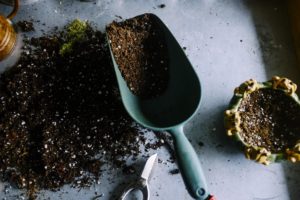
Tip #9: Fertilize
Having a plant in the same soil for too long can cause it to use up a lot of the nutrients within that soil. That is why it is important to occasionally add a bit of fertilizer to give it the nutrients that it needs to keep on going. Just make sure to use an appropriate fertilizer for your plant and to apply at the recommended doses. Too much fertilizer can also quickly kill any plant. This is the fertilizer I personally use and love!
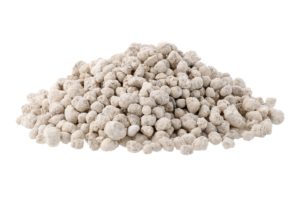
Tip #10: Try Easy Plants First
If you’re new to interior plants, or just haven’t had much luck with them in the past, then try out my list of hard-to-kill houseplants. Once you have a few of these successfully growing, then you can slowly try out more and more difficult plants. Remember, not all green thumbs are born that way. It can take years of knowledge and hands-on experience to come to understand what each plant needs. So do yourself a favor and buy one of these easy indoor plants first before you try to tackle the plant Olympics!
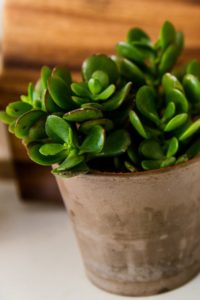
I hope that these tips will help you to grow beautiful interior plants! Feel free to comment with any further advice and/or stories of your own successes and not-so-successes! We’ve all had good and bad times with our plants and remember… a little knowledge about our plants can go a long way!
Happy Digging!

